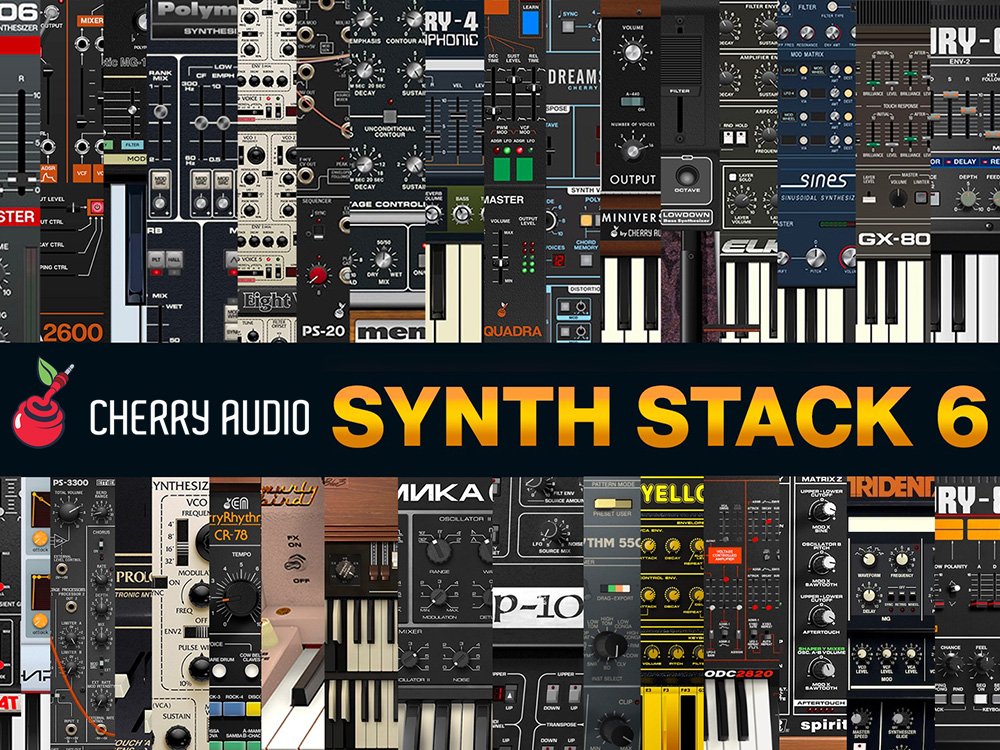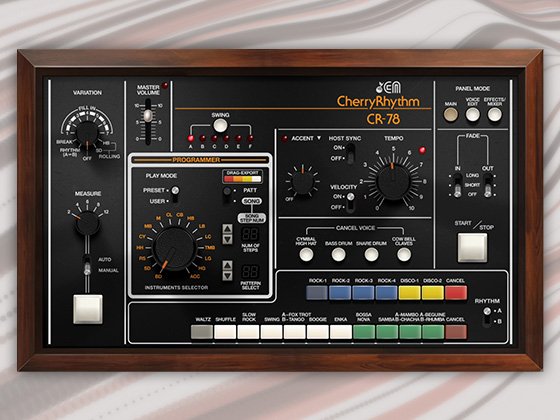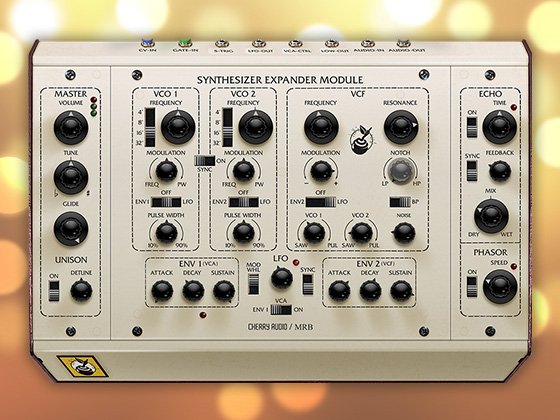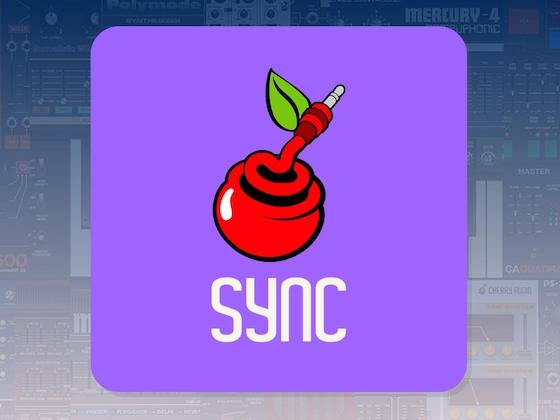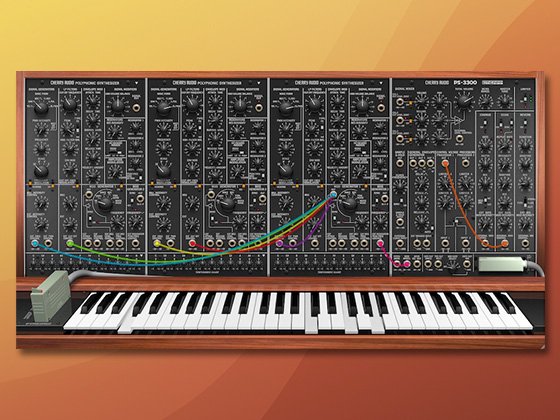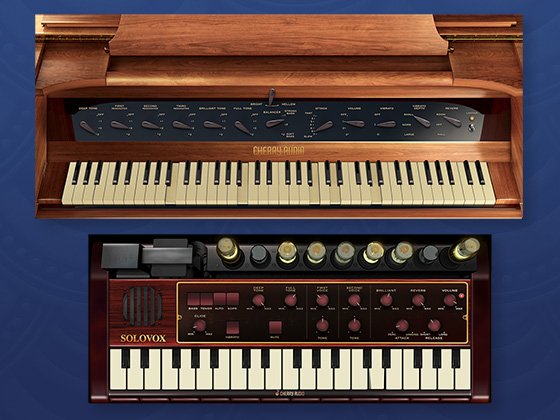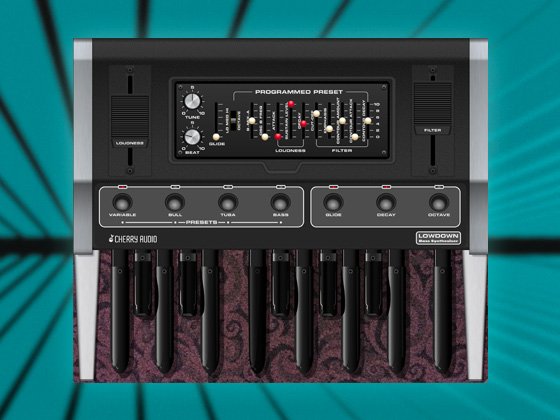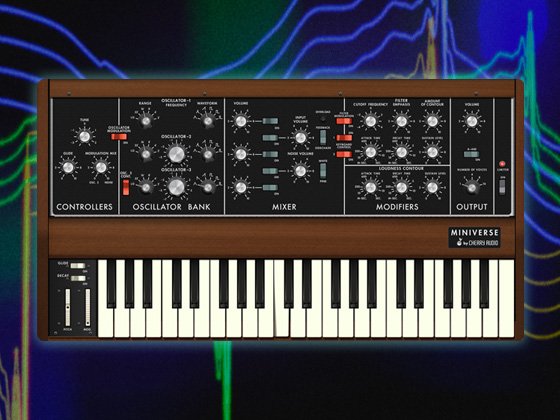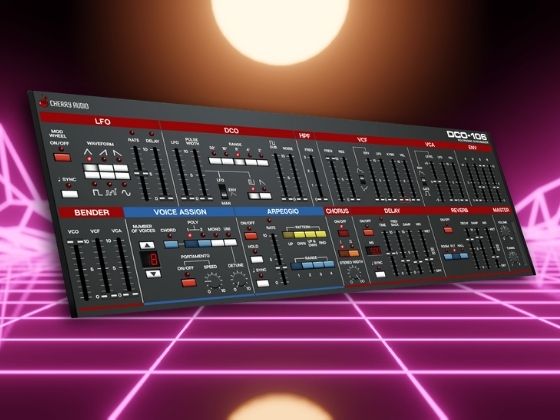$5.00 $10.00
The SPLOSHBOX reverberator / sustainer is two effects in one module! First and foremost, it’s a lush stereo-tastic reverb with up to one minute’s worth of decay time! As a little bonus, SPLOSHBOX can also operate as a “freeze” effect, where the reverb tail sustains infinitely to create atmospheric pads and textures.
Operation is very simple. Connect mono or stereo audio sources to the IN jacks, and patch the OUT jacks to your MAIN OUTS or other modules. If you only use one IN jack, the signal will be duplicated on the un-used jack. The LEDs will light blue if you have a good signal (> -60dB) and light red if you’re dangerously close to clipping! (-1.0dB). Rest assured though, if you hit that threshold, SPLOSHBOX has a built-in limiter so its output levels should never get too hot.
The ON button engages the effect. Please note this works in “trails mode” and allows the reverb tail to decay as normal when the effect is bypassed.
PRE-DELAY sets a time in ms for a delay line feeding into the reverb engine. This can be useful for creating some space between your dry and wet signal. Longer PRE-DELAY settings, around 100ms are also good for rhythmic effects. Maximum PRE-DELAY is 1 second.
DECAY sets the RT60 value in seconds, up to a whopping 60 seconds. This is the theoretical time it would take a signal to decay in level by 60dB. Note that setting DAMPING above zero will reduce the perceived decay time.
DAMPING introduces a high frequency roll-off in the reverb effect typically associated with soft / non-reflective surfaces. It has the general effect of making the reverb sound darker.
SPREAD controls how wide a stereo image is created by the reverb. When set to zero, the reverb effect will be mono.
HPF is a highpass filter applied to the input signal going into the reverb engine. This is useful if you don’t want to send lower frequencies into the reverb and avoid things getting too muddy. The cutoff range is 0-10KHz.
LPF is a lowpass filter applied to the output of the reverb engine. Lower values will make the reverb sound darker and the cutoff range is 20KHz to 100Hz.
MOD applies a randomised stereo modulation effect to the generated reverb. This is similar to a stereo chorus effect, but does not have a specific modulation rate - it constantly varies. Increasing MOD increases the modulation depth.
MIX balances the dry (IN) and wet (OUT) levels. All the way down is 100% dry and all the way up is 100% wet.
FREEZE is a very cool feature! (sorry). When you press or trigger FREEZE, the reverb tail will no longer decay as set by the DECAY knob, but instead, sustain infinitely. It’s like you’re freezing time inside the reverb engine. When FREEZE is engaged, the input signal will no longer be passed into the reverb engine. With long DECAY times, you can “overdub” into the frozen world by toggling in and out of FREEZE mode. It’s a lot of fun!
And finally, the ON and FREEZE modes can be triggered remotely via the CV jacks below the buttons. Any signal >= 1.0V should do the trick.
We hope you have as much fun with SPLOSHBOX as we had making it.
Credits:
The word “splosh” as a term for reverb has been popularised by media composer and super-samplist Christian Henson.
Title of Song
-
SPLOSHBOX-ANALOGy5-Swirl
-
SPLOSHBOX-MIDIMONO-Frozen-Chord
-
SPLOSHBOX-MIDIMONOX2-Arp
-
SPLOSHBOX-PERCSTATION-Loop
-
SPLOSHBOX-PERCSTATION-Snare
